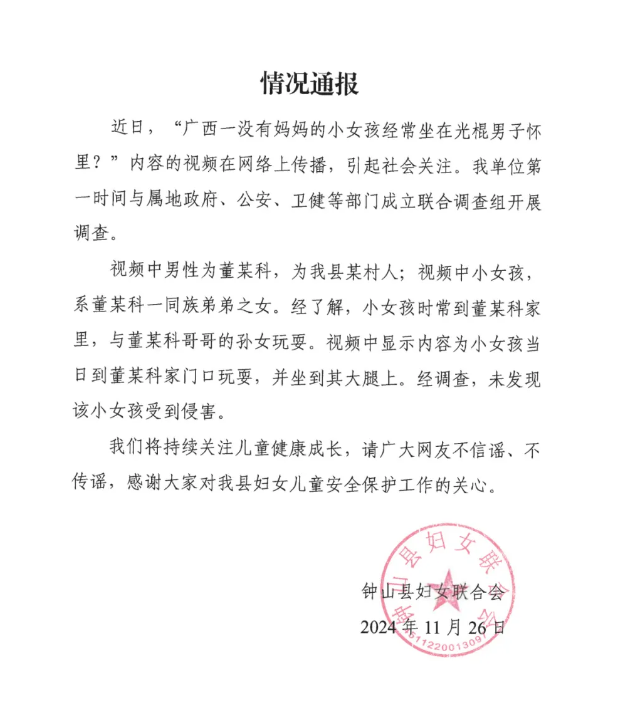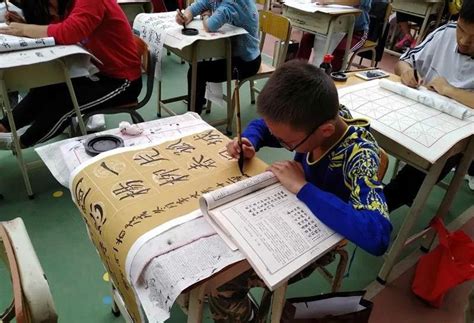Translated Poetic Rendering:
Cultural nuances play a significant role in love poetry. Certain expressions, metaphors, and symbols may carry different meanings in different cultures. A good translator must be familiar with the cultural context of both the source and target languages to ensure a faithful translation.
Translation is an iterative process. It's rare to achieve a perfect translation in the first attempt. Translators should be prepared to revise and refine their work multiple times, paying attention to details and nuances to produce the best possible outcome.
The primary goal of translation is to convey the essence and emotions of the original poem accurately. It's essential to capture the mood, tone, and sentiment of the poem while ensuring that the translation resonates with Englishspeaking readers.
In conclusion, translating love poems is a complex yet rewarding endeavor that requires skill, sensitivity, and creativity. By following these guiding principles and staying true to the essence of the original poem, translators can create evocative and memorable renditions that transcend language barriers and speak to the universal language of love.
Spring breeze ten miles, not as good as you.
Not even the gentlest spring breeze,
Can rival your grace.
A good translation should reflect the style and voice of the original poet. While some degree of interpretation is inevitable in translation, it's essential to preserve the unique voice and artistic vision of the poet to ensure authenticity and integrity.
春风十里,不如你。
Translating Love Poems into English

Literal Translation:
Translating love poems from one language to another is a delicate art that requires not only linguistic expertise but also a deep understanding of the nuances of both languages and cultures involved. Below are some guiding principles and considerations for translating love poems into English:
Each language has its unique structures, idioms, and linguistic nuances. When translating a love poem into English, it's essential to choose words and phrases that not only convey the meaning but also capture the beauty and elegance of the original language.
Love poems often rely heavily on poetic devices such as metaphor, simile, imagery, and rhythm to convey emotions. Translating these devices accurately while maintaining the poetic flow of the original text is crucial for preserving the beauty and impact of the poem.
Original Chinese:
Translating poetry is subjective, and different translators may interpret a poem differently. Seeking feedback from other translators, poets, or native speakers can provide valuable insights and help refine the translation to achieve greater accuracy and poetic resonance.
This translation aims to capture the essence of the original while incorporating poetic language and imagery that resonate with Englishspeaking readers.
Here's a brief example of how these principles can be applied in translating a love poem from Chinese into English:











